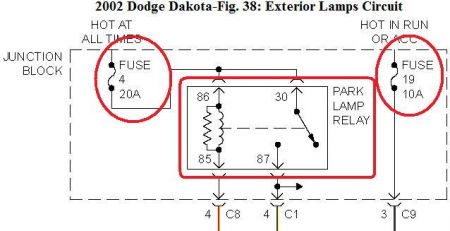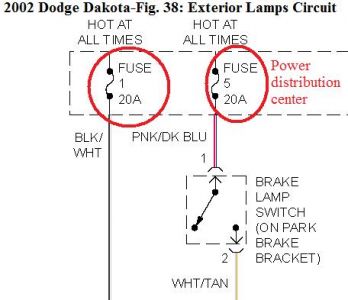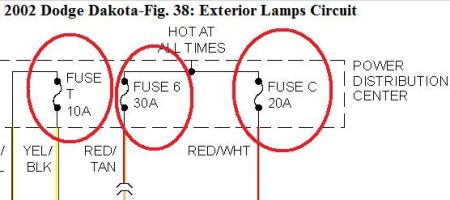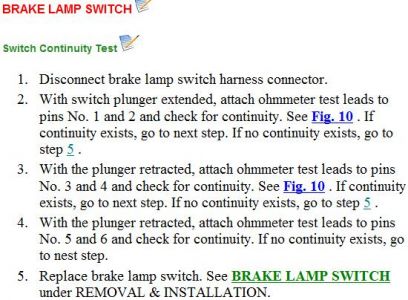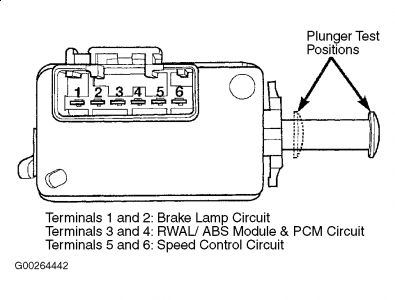Nope. Engine doesn't have to be running. More importantly, when a vehicle gets to be more than about a year old, never push the brake pedal all the way to the floor during bleeding. Crud and corrosion build up in the lower halves of the bores the pistons ride in. Pushing the brake pedal over halfway runs the lip seals over that crud and can rip them. That will cause a slowly slinking brake pedal but it might not show up for a few days.
If the pedal was good before this service, there is still air in the lines. If the reservoir ran empty, that air could be anywhere. You can get the air closest to the reservoir out by slowly pushing the pedal down halfway, (it should take about 15 seconds), then allowing it to snap back up quickly. Pushing it slowly sends brake fluid down but lets the air bubbles float back up. Releasing the pedal quickly washes some of the air back up into the reservoir with the returning brake fluid.
Were you able to get the bleeder screws loose on the wheel cylinders? If they're rusted tight, I have a trick for bleeding them.
If you have the truck up on jack stands with the rear axle hanging down, that will adjust the height-sensing proportioning valve to reduce brake fluid flow to the rear wheels to prevent rear-wheel lockup. That can stop fluid flow when you're gravity-bleeding. If you're pedal-bleeding with a helper, you may not get enough pressure to force fluid to flow past that valve. If you have rear-wheel anti-lock brakes, you may not have a height-sensing proportioning valve in the rear. Normally you don't have to do anything to bleed the ABS valve, but if the truck is not sitting level, there could be an air bubble stuck in it. I've never pinched a rubber brake line but doing so would block fluid from moving the rear shoes. An air bubble in the ABS valve could take just as much fluid so when you're not trying to fill both of those, the pedal might feel normal.
Saturday, October 18th, 2014 AT 4:57 AM
